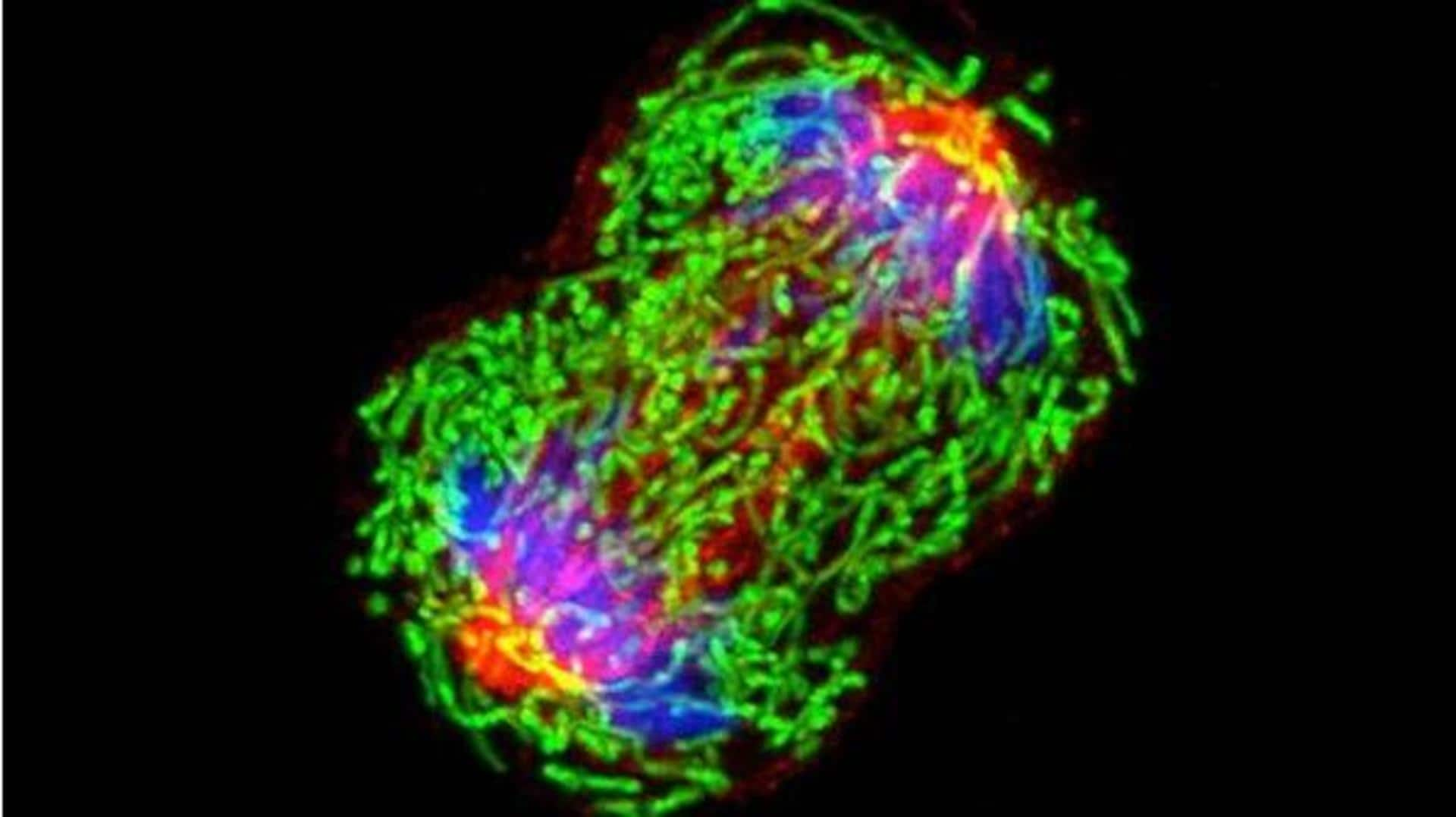
Scientists find 'Bond villain' DNA that could revolutionize cancer treatment
What's the story
Researchers have identified pieces of DNA that act like "villains in a Bond film" in the way they help in the spread of cancer. The discovery of the behavior of these bits of genetic material, called extrachromosomal DNA or ecDNA, is claimed to be a "game-changer" and it could transform the treatments for some of the most aggressive tumors seen today.
Context
Why does this story matter?
While the existence of ecDNA was discovered several years ago, its significance in cancer has been revealed only now. These findings were a part of the Cancer Grand Challenges, an initiative that is backed by Cancer Research UK and the National Cancer Institute, US. For this study on the involvement of ecDNA in cancers, funding of £20 million was secured.
Research
Scientists believe ecDNA is responsible for several "serious cancers"
According to Professor Paul Mischel from Stanford University, ecDNA are surmised to be "responsible for a large number of the more advanced, most serious cancers affecting people today." "If we can block their activities, we can block the spread of these cancers," added Mischel. It was also revealed that extrachromosomal DNA plays a role in helping tumors gain resistance to anti-cancer drugs.
Study
ecDNA's behavior "circumvents the normal rules of genetics"
Extrachromosomal DNA survives outside the chromosomes, thread-like structures made of protein that carries genetic information from cell to cell. "We have found that ecDNA acts as cancer-causing genes that have somehow separated themselves from a person's chromosomes and have started to behave in ways that circumvent the normal rules of genetics," said Howard Chang, a geneticist at Stanford University.
Comparison
The behavior of ecDNA is compared to Bond villains
Drawing parallels between ecDNA and Bond villains, Chang said, "They [ecDNA] behave like villains in a Bond film." "At first, in a film, you see different explosions, killings, and disasters occurring and you don't know why they are happening or who is responsible. Then, at some point, you finally meet the villain who is revealed to be the agent of all this mayhem."
Information
Cancers became resistant to drugs that were previously effective
Scientists observed strange occurrences-tumors spreading quickly or cancers becoming resistant to drugs that had initially been effective in treating them. "Now, at last, we have revealed the agents of these events. It is ecDNA," added Chang.
Details
Scientists misinterpreted ecDNA as oncogenes
When normal genes in a cell go wrong, they cause uncontrolled cell division, ultimately resulting in a tumor. These genes are known as oncogenes and they can be targeted by several drugs and therapies. It has now been discovered that what was originally thought to be oncogenes in the most aggressive forms of cancer were actually extrachromosomal DNA.
Information
ecDNA can disappear when subjected to treatment and then return
What's interesting is that ecDNA can "almost completely disappear" from a tumor when treated with drugs and can then return once the treatments have stopped. Nonetheless, scientists are hopeful of finding methods to remove ecDNA from tumor-affected patients.
Official words
A drug to tackle ecDNA has been found
"We are now looking to pinpoint the achilles heel of ecDNA and have identified a protein that helps hold it together," said Chang. "We have also discovered a drug that has a promising effect on this protein. And in the coming years, we will test a lot more until we find the best one to tackle ecDNA and halt its pro-cancerous activities," he added.